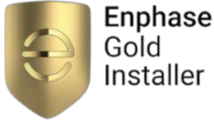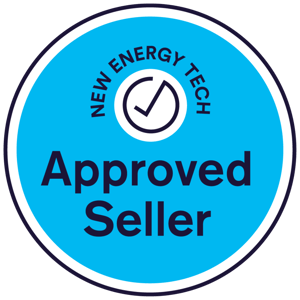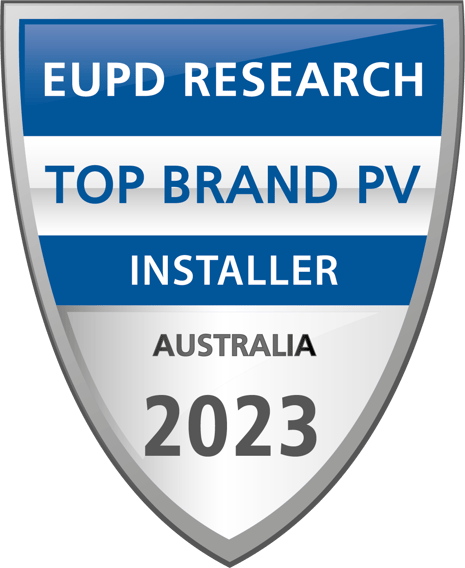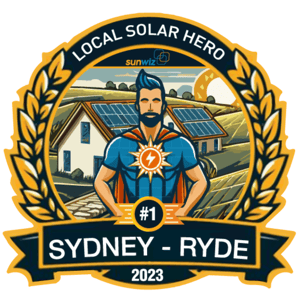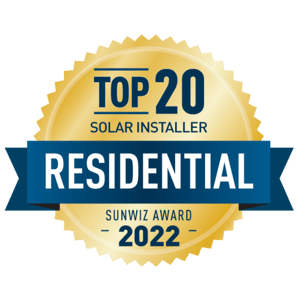Old String Inverters versus Micro Inverters & DC optimisers

There are three types of inverters that are currently available to you for your solar energy system: string inverters, power optimizer systems (also known as string inverters + power optimizers), and microinverters. Power optimizers and microinverters are often collectively referred to as “Module-Level Power Electronics” or MLPEs.
String inverters are by far the most commonly deployed inverter option globally and make up the vast majority of the world’s inverter market. However, MLPE technologies have gained in market share over the last five years as their costs have come down.
String inverters
String inverters are the most cost-effective inverter option available. Traditionally, a solar installation company would propose a string inverter for your system if your roof had limited shading throughout the day and did not face in multiple directions (such as a gabled roof). However, thanks to recent hardware and software updates from the major string inverter companies, string inverters are now applicable in a wider set of circumstances.
How string inverters work
Your solar panels are arranged into groups connected by “strings” (hence their name!) You can connect multiple strings of panels to a single, centralized inverter, which transforms the DC electricity produced by the panels into usable AC electricity for your home or business.
Power optimizers
Power optimizer systems offer many of the same benefits as microinverters and are often considered a compromise between microinverters and the standard string inverter.
How power optimizer systems work
Like microinverters, systems with power optimizers have an individual optimizer component located at each panel. However, instead of converting the DC electricity to AC electricity right at the panel site, they “condition” the DC electricity and send it to a string inverter for conversion. If your roof experiences shade during the day, the panel level optimization afforded by power optimizers often results in higher system efficiency than using a string inverter alone.
Like microinverters, power optimizers not only reduce the impact of panel shading on system performance, but also offer panel-level performance monitoring.
Microinverters
Microinverters, another form of MLPEs, are rapidly gaining in popularity, particularly for residential solar panel systems.
How microinverters work
Systems with microinverters typically have an individual installed on the back of each solar panel. They convert the DC electricity from your solar panels into AC electricity on your roof, with no need for a separate string inverter. In most cases, installers mount the microinverters onto the back of the solar panel itself, but they can also be placed next to the panel on your solar racking system.
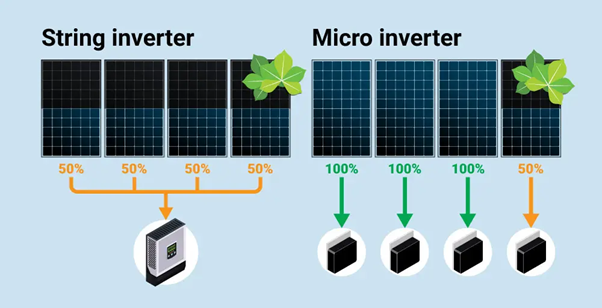
Microinverters take MLPE to the logical conclusion: while power optimizers aggregate the electricity from your panels and send it to a string inverter for the DC to AC conversion, microinverters make the DC to AC inversion right at each individual solar panel. As a result, like with power optimizer systems, microinverters also allow you to monitor the performance of individual solar panels.
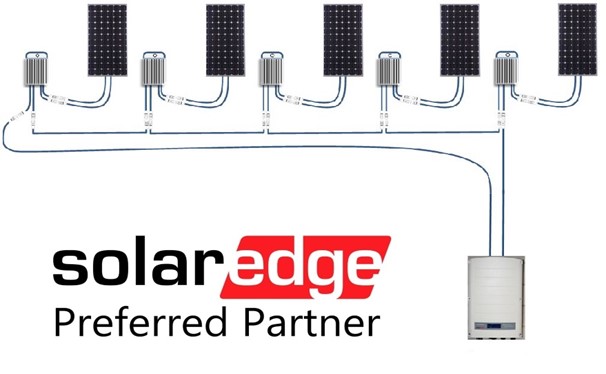
Many microinverter and power optimizer companies are partnering with solar panel manufacturers to create “smart modules.” Simply put, a smart module is a solar panel with a piece of MLPE equipment already integrated into it. This simplifies installation and cuts down on labour costs for installers. Many of the world’s biggest panel manufacturers now have smart module options available.
Contact us to find out more about MPLE’s
%20(1).png?width=265&height=96&name=www.smartenergyanswers.com.auhs-fshubfsSmart%20Energy%20Answers%20Logo%20(HIRES)%20(1).png)

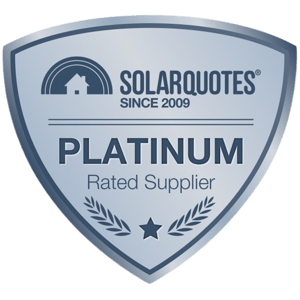
.png?width=514&height=121&name=Tesla%20Powerwall%203%20(new).png)

